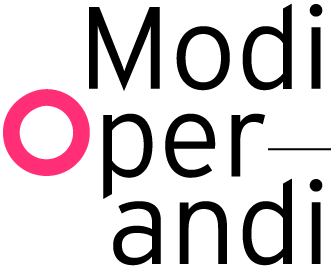A WORDPLAY
I’ll start with a wordplay!
First, by making all possible combinations with these four words: play, architecture, in, of; and second, by reflecting on what each linguistic combination implies.
1. Play of architecture:
The emphasis in this linguistic combination is on the act of playing. The word play, which is a noun that implies a state, can be easily transformed into a verb here, i.e. playing. This emphasis on the operationality of the word play is brought forward through its positioning at the beginning of the combination. The combination play of architecture enacts the operationality of architecture and puts it in relation to the operations of play. It challenges the conventions of ‘function’ or ‘program’ in architecture.
Play of architecture implies that the architectural construct, the project or the outcome of an architectural thought, activates play and assures its continuity through its operations. Play of architecture therefore implies that the play agent is the non-human agent of the architectural construct.
2. Architecture of play:
Architecture of play can imply two different conditions. In the first case, architectural construct is the outcome of the playing of the architect. Through playing, the architect constructs the models, drawings, or any other kind of outcome; play is the force behind the creative process and the architect is its agent. Similarly, a child (or even an animal) in the process of making-playing is also an example of this state. When a child is making sandcastles, the sandcastle is an architectural construct which is created through the playing of the child. Architecture of play challenges the conventions of the act of designing in architecture. In the second case, architectural construct is fabricated through the playing of the ‘user’. The space of architecture is either (re)constructed physically through actions of adjustment, manipulation, appropriation, and the like, or virtually through operations of fiction or imagination.
In both conditions, architecture of play implies the play agent is the creator-player.[1]
3. Play in architecture:
Similar to play of architecture, the term play can be easily replaced by the verb playing here and the emphasis is on the act of playing which is accentuated through its positioning at the beginning of the linguistic combination. However, the usage of the preposition in instead of of, attributes the operationality of play not to the architectural construct but to another agent. The mind immediately constructs this other agent—which is missing in the combination—to be the human (or animal) agent who is in architecture and ‘using’ it. Therefore, generally speaking, this combination places the emphasis on the actions of the ‘users’ as they initiate and/or sustain play through their actions of playing. Architectural construct is either providing the grounds which suggest playing or is irrelevant to, or even conflicting with, the play experience (e.g. children playing in a house or in a hospital). Play in architecture challenges the conventions of usage in architecture.
The play agent is the one who is conventionally known in architecture as the ‘user’.
4. Architecture in play:
In correspondence with the play of architecture, architecture in play implies that the architectural construct is in a state of playing. The state of playing is attributed to the architectural construct. Although architecture in play reveals the operationality of architecture as well, it does not retain much emphasis on the play operations as play of architecture does.
Regardless of this difference, architecture in play implies that the architectural construct is the agent which activates and sustains play. This combination can correspond to another category as well. Similar to architecture of play, it can also imply an architectural construct which is created in (through) the state of playing which is performed by the agent of the creator-player.
